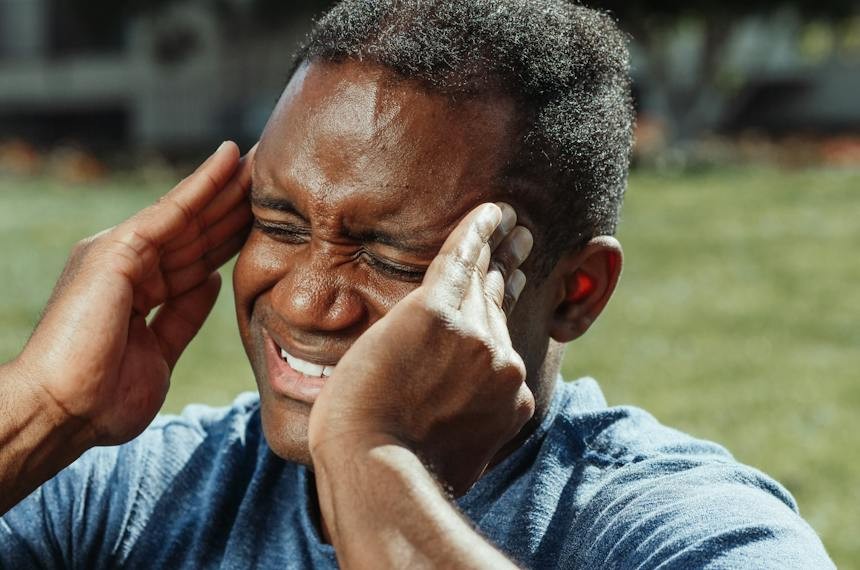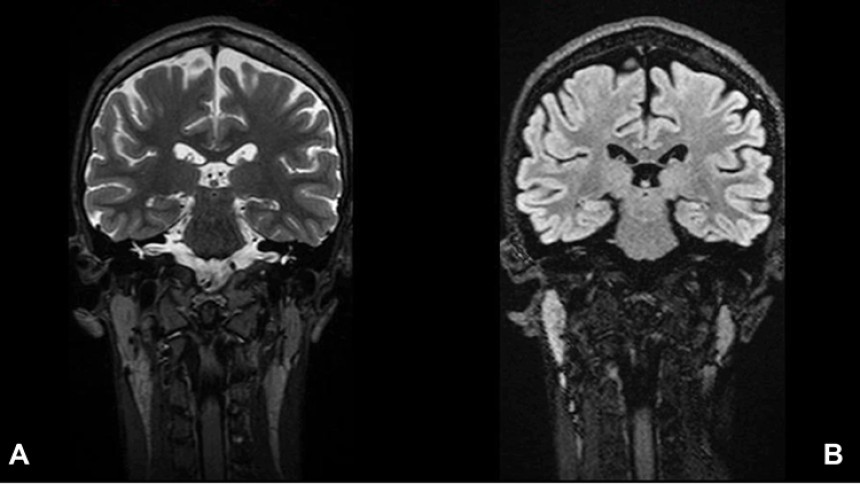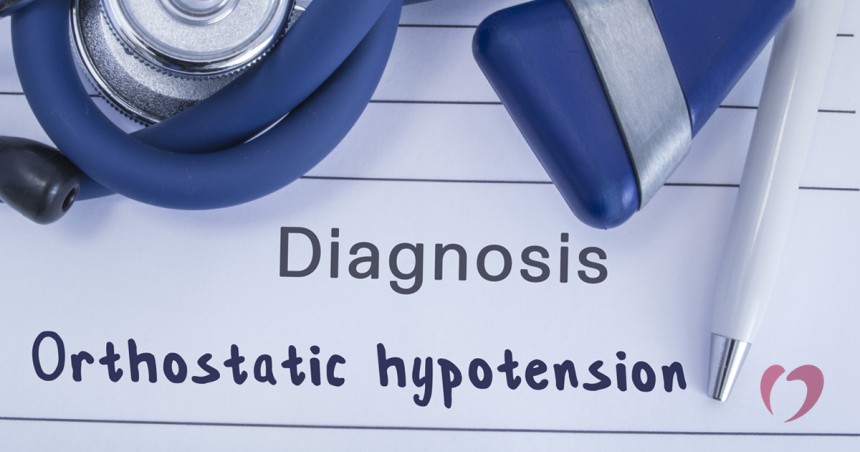
Absence seizures
Absence seizures, typically seen in children, are characterized by brief episodes of staring, eye blinking, and lip smacking lasting 5 to 10 seconds. Myoclonic seizures involve sudden muscle contractions. First-line treatment for absence seizures is ethosuximide, with a typical starting dose of 5-10 mg/kg/day for younger children and 250 mg twice daily for older children. Valproate or lamotrigine can be considered if ethosuximide is ineffective or not tolerated. Carbamazepine, vigabatrin, tiagabine, gabapentin, phenytoin, and phenobarbital should be avoided. Seizures often respond well to treatment, and drug therapy may be tapered after a minimum of two years of seizure-free intervals.
Overview of Absence Seizures
Absence seizures, previously known as petit mal seizures, typically manifest in children with brief episodes lasting 5 to 10 seconds, characterized by staring, eye blinking, and lip smacking. Myoclonic seizures involve sudden arm muscle contractions. Absence seizures have subtypes like epilepsy with myoclonic absences (EMA), childhood absence epilepsy (CAE), juvenile absence epilepsy (JAE), Lennox-Gastaut syndrome (LGS), and myoclonic-atonic epilepsy (MAE). LGS and MAE can lead to more serious outcomes with additional seizure types and developmental delays, and they may persist into adulthood. (1, 2, 3)
Initial Treatment for Absence Seizures
Treatment aims to improve school performance, quality of life, and social acceptance. Ethosuximide is the first-line therapy. Dosage guidelines vary by age, and monitoring is required for blood levels and potential side effects like drowsiness, vomiting, nausea, sleep disturbance, and hyperactivity. EEG can be used to assess response if clinical improvement is unclear. (4)
Alternative Treatments
If ethosuximide is ineffective or not tolerated, alternatives include valproate and lamotrigine. Valproate's dosage is adjusted based on therapeutic levels and lamotrigine is increased gradually. Lamotrigine is preferred for females of childbearing age due to the fetal risks associated with valproate. (5)
Managing Generalized Tonic-Clonic Seizures and Refractory Cases
Valproate is an effective second-line therapy for generalized tonic-clonic seizures emerging during ethosuximide treatment. For refractory cases, options include topiramate, ketogenic diet therapy, and vagus nerve stimulation. (6, 7)
Drugs to Avoid in Absence Seizures
Certain antiseizure drugs, including carbamazepine, vigabatrin, tiagabine, and gabapentin, can aggravate absence seizures and should be avoided. Phenytoin and phenobarbital are also ineffective for treating absence seizures. (8)
Duration of Treatment and Remission
Seizures usually respond well to first-line therapy and often remit before puberty. Treatment should continue for at least two years after the last seizure, followed by a gradual tapering of the medication. (9)
References
1-Loiseau P. Childhood absence epilepsy. In: Roger J, Bureau M, Dravet C, Dreifuss FE, Perret A, Wolf P, editors. Epileptic Syndromes in Childhood and Adolescence. CITY: John Libbey & Company Ltd; 1992. pp. 135–150.
2-Holmes GL, McKeever M, Adamson M. Absence seizures in children:
Clinical and electroencephalographic features. Annals
Neurol. 1987;21:268–273.
3-Appleton RE, Beirne M. Absence epilepsy in children: The role of EEG in monitoring response to treatment. Seizure. 1996;5:147–148.
4-Brigo F, Igwe SC. Ethosuximide, sodium valproate or lamotrigine for absence seizures in children and adolescents. Cochrane Database Syst Rev 2017; 2:CD003032.
5-Glauser TA, Cnaan A, Shinnar S, Hirtz DG, Dlugos D, Masur D, Clark PO, Capparelli EV, Adamson PC, Childhood Absence Epilepsy Study Group Ethosuximide, valproic acid, and lamotrigine in childhood absence epilepsy. New Engl J Med. 2010;362:790–799.
6-Posner EB, Mohamed K, Marson AG. A systematic review of treatment of typical absence seizures in children and adolescents with ethosuximide, sodium valproate or lamotrigine. Seizure. 2005;14:117–122.
7- Cross JH. Topiramate monotherapy for childhood absence seizures: An open label pilot study. Seizure. 2002;11:406–410.
8-Grosso S, Galimberti D, Vezzosi P, et al. Childhood absence epilepsy:
evolution and prognostic factors. Epilepsia 2005; 46:1796.
9- Arzimanoglou A, Ryvlin P, Perucca E. When the past challenges the present: Are older antiepileptic drugs still the best choice in childhood absence epilepsy. Lancet Neurology. 2010;9:457–459.





